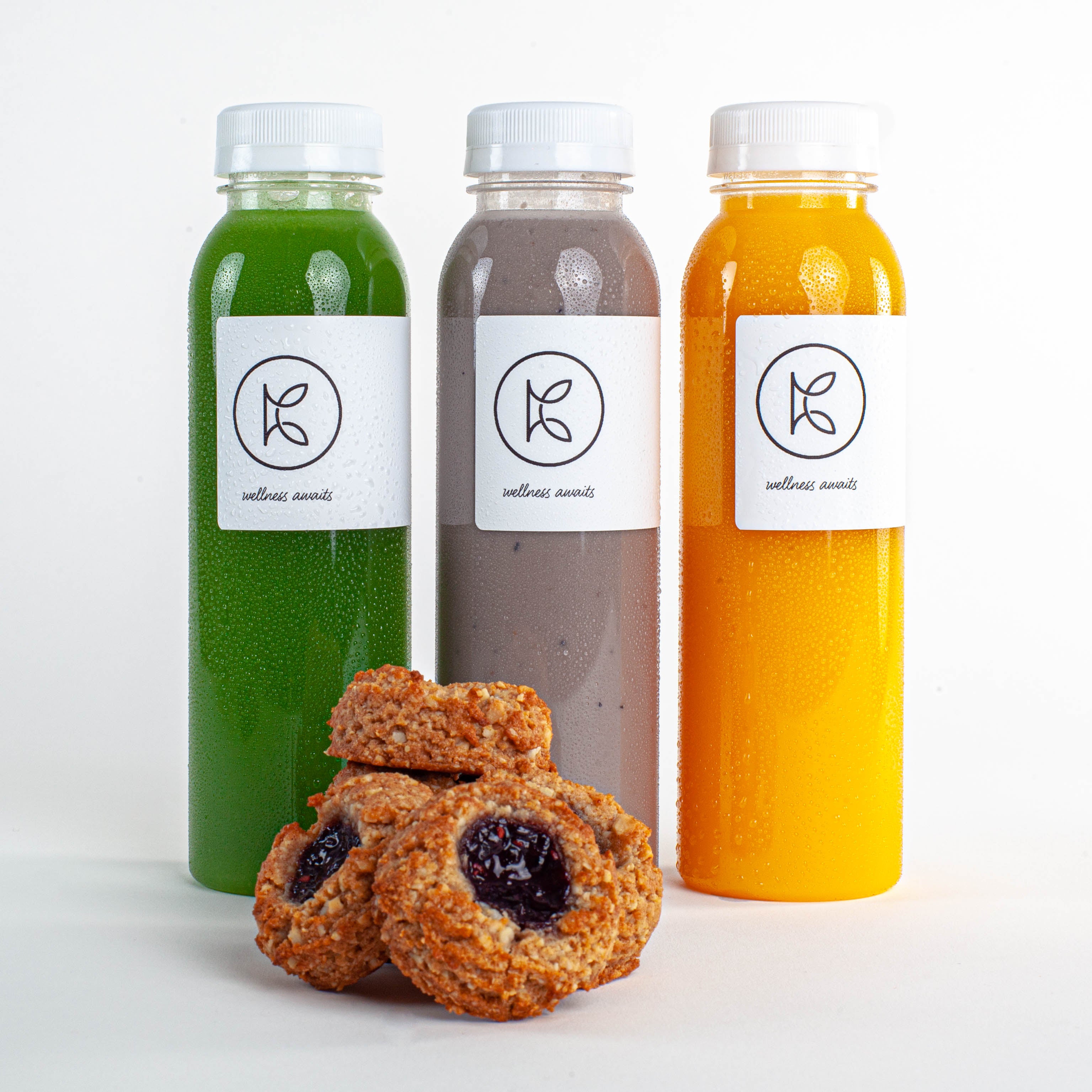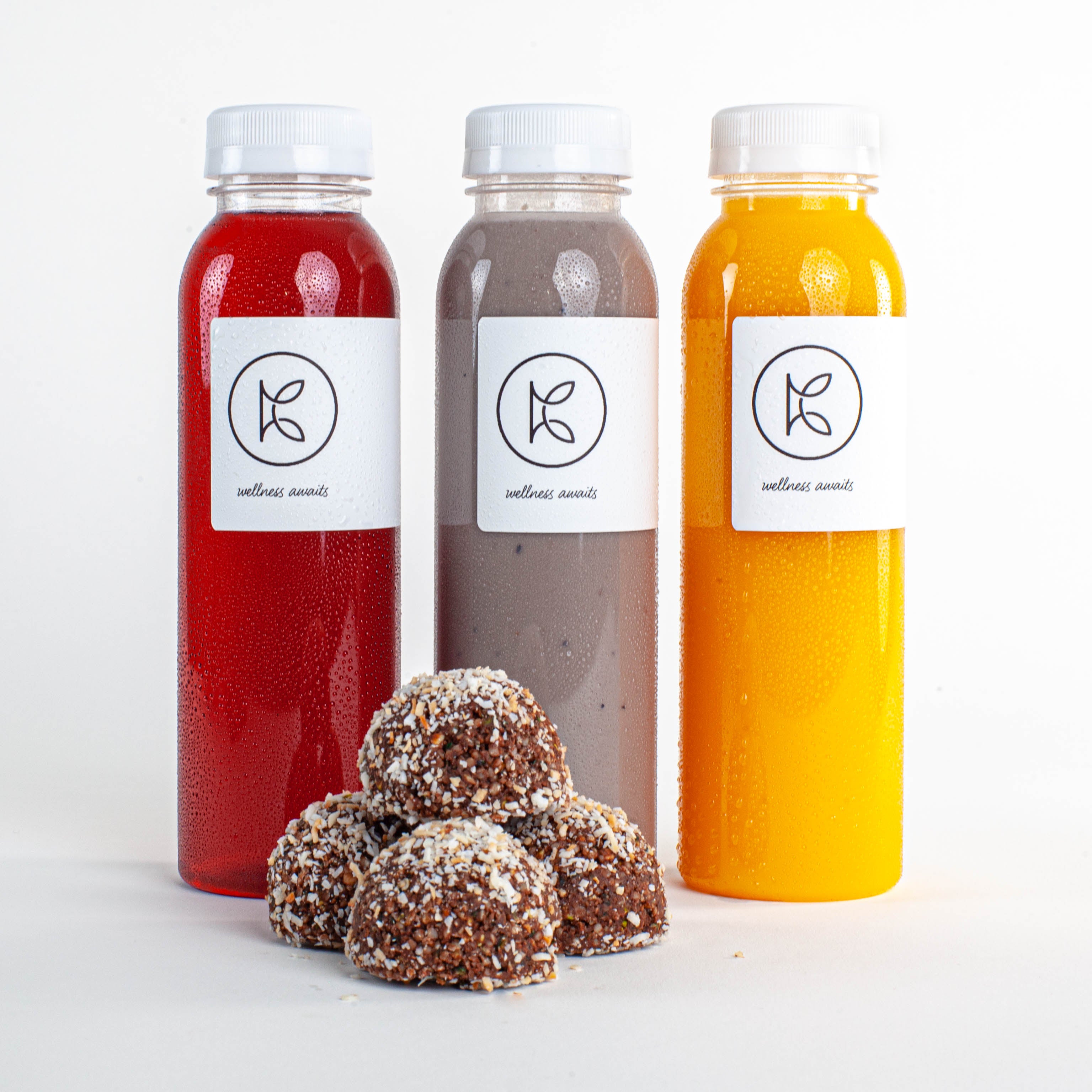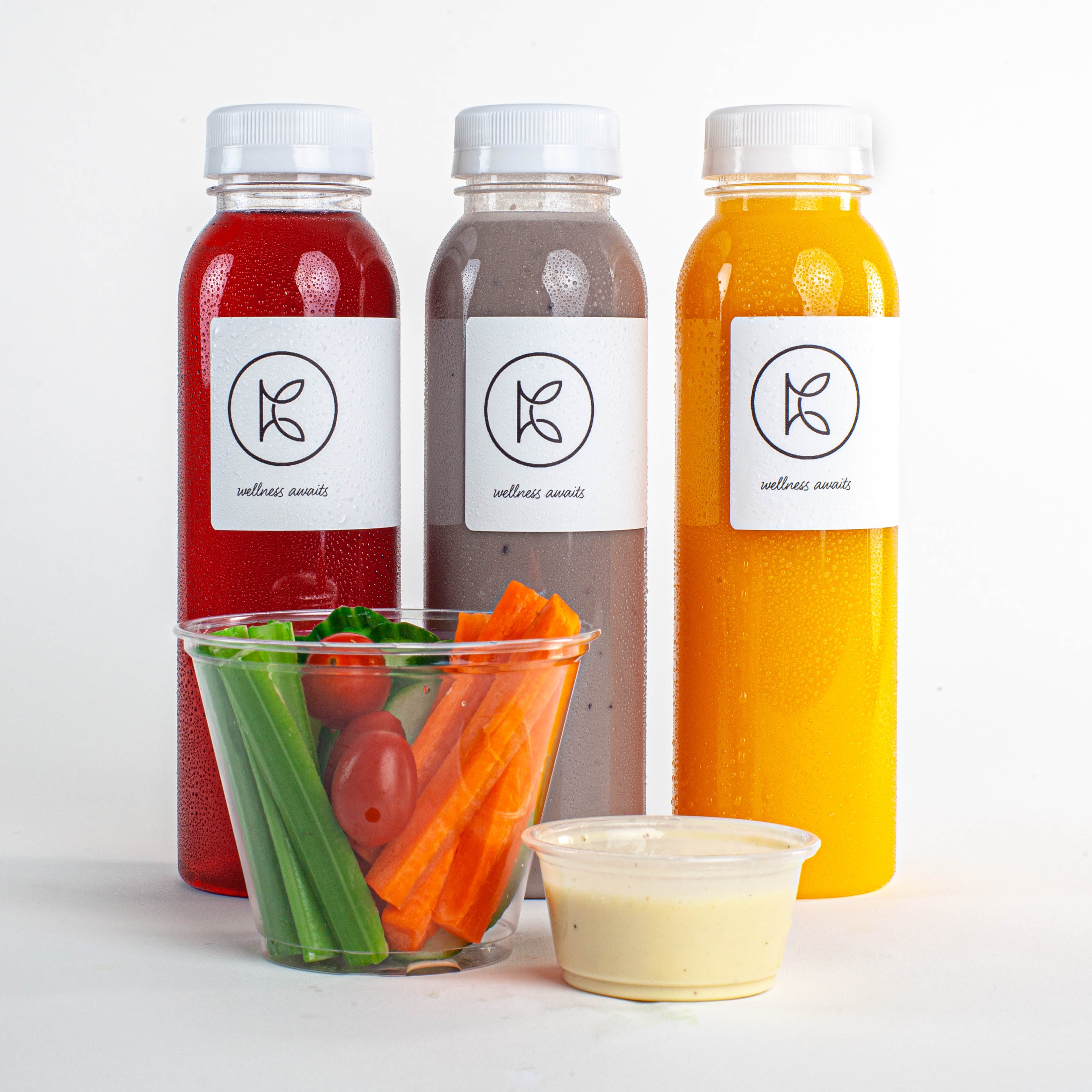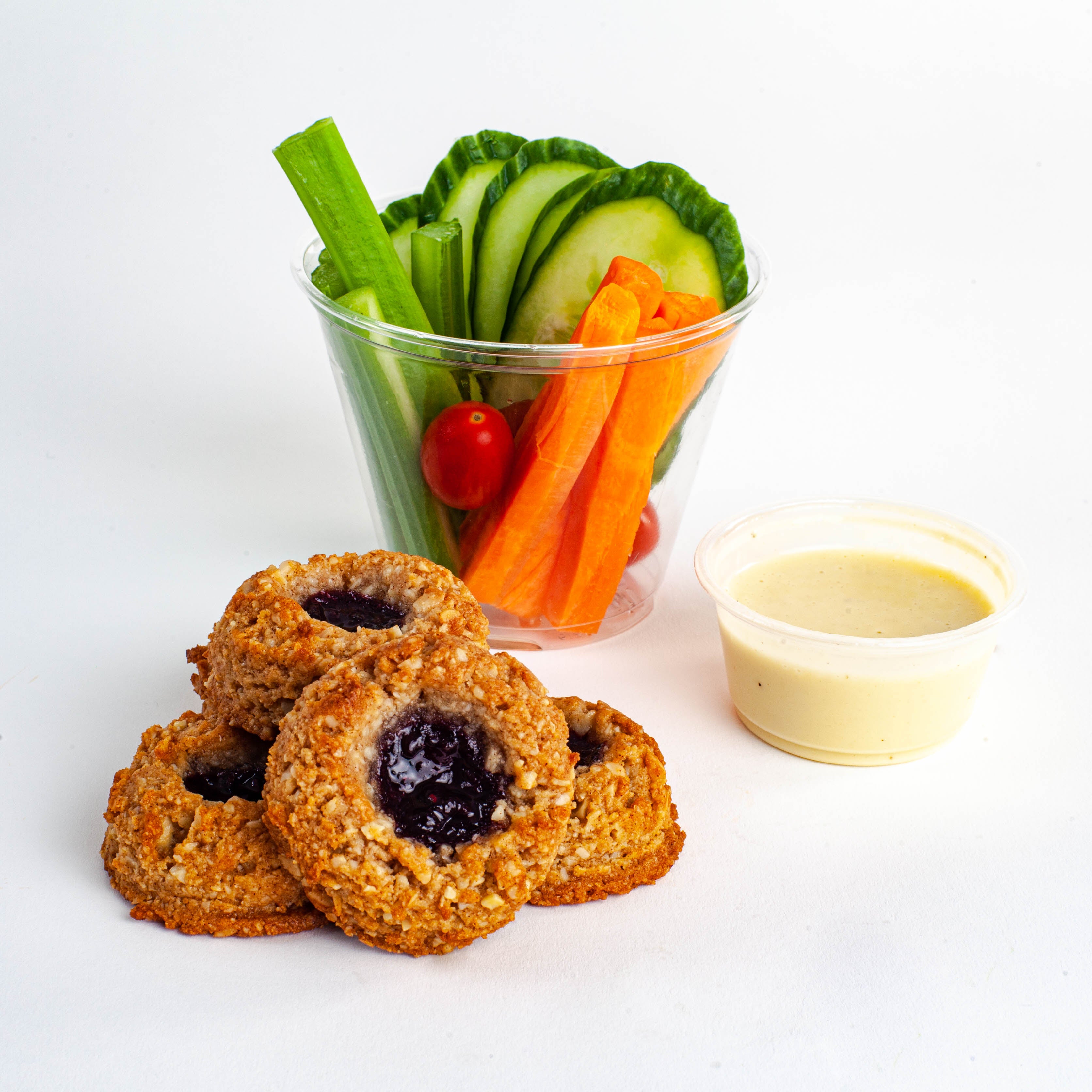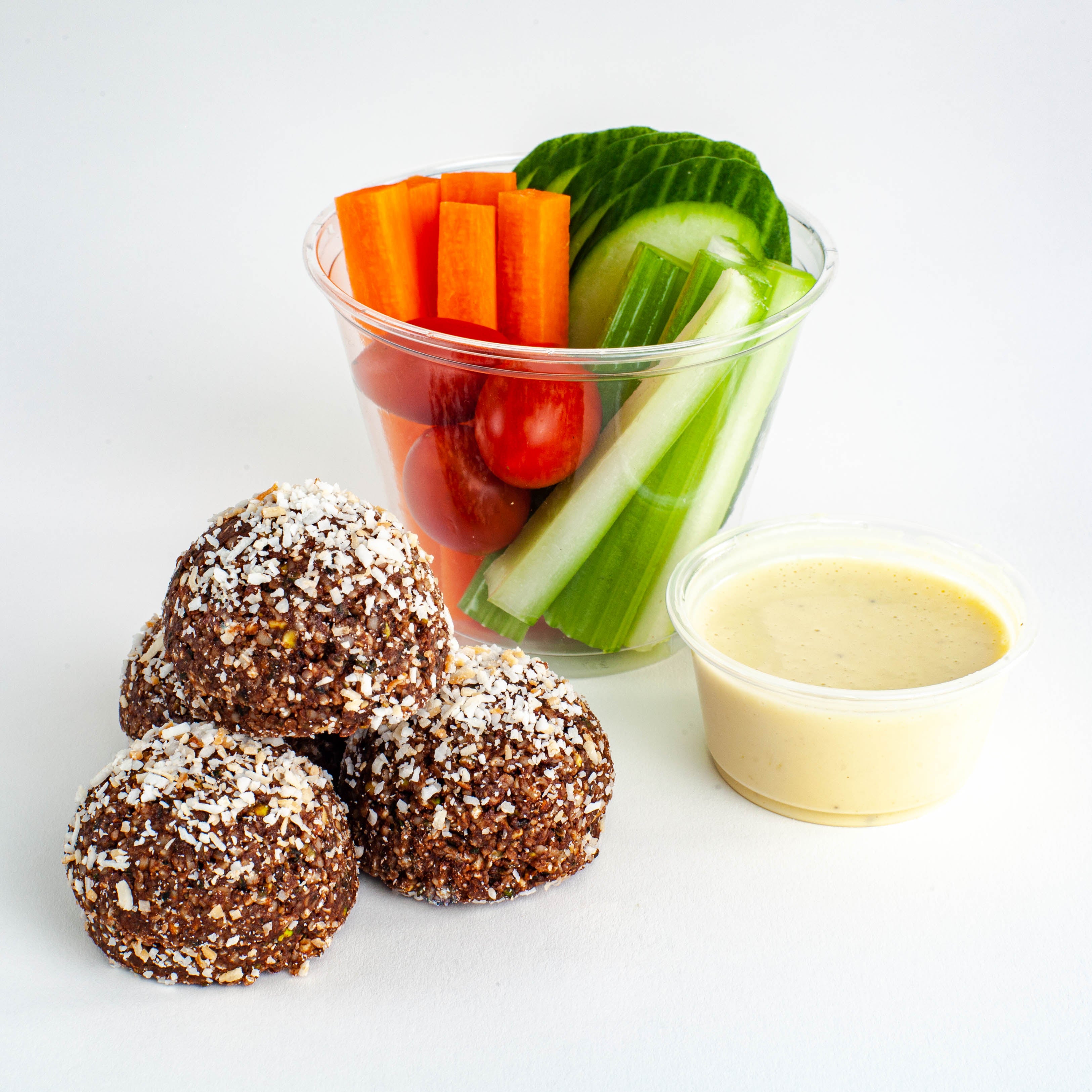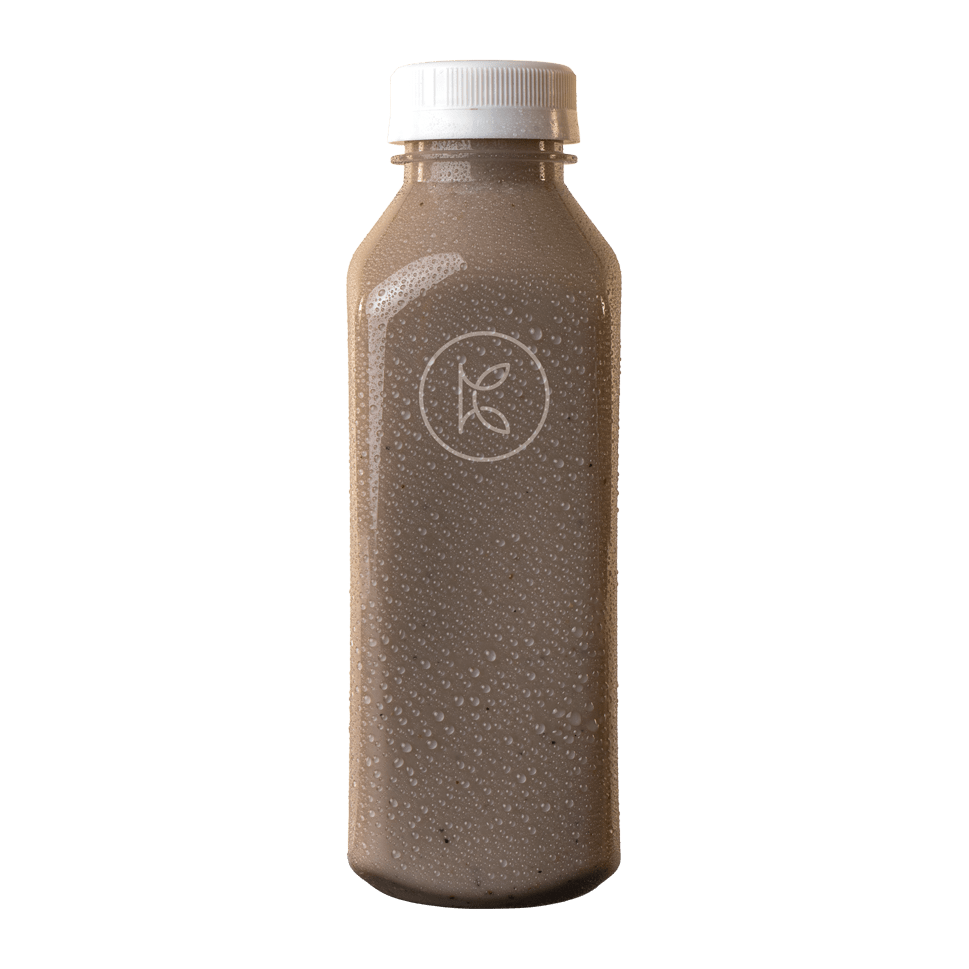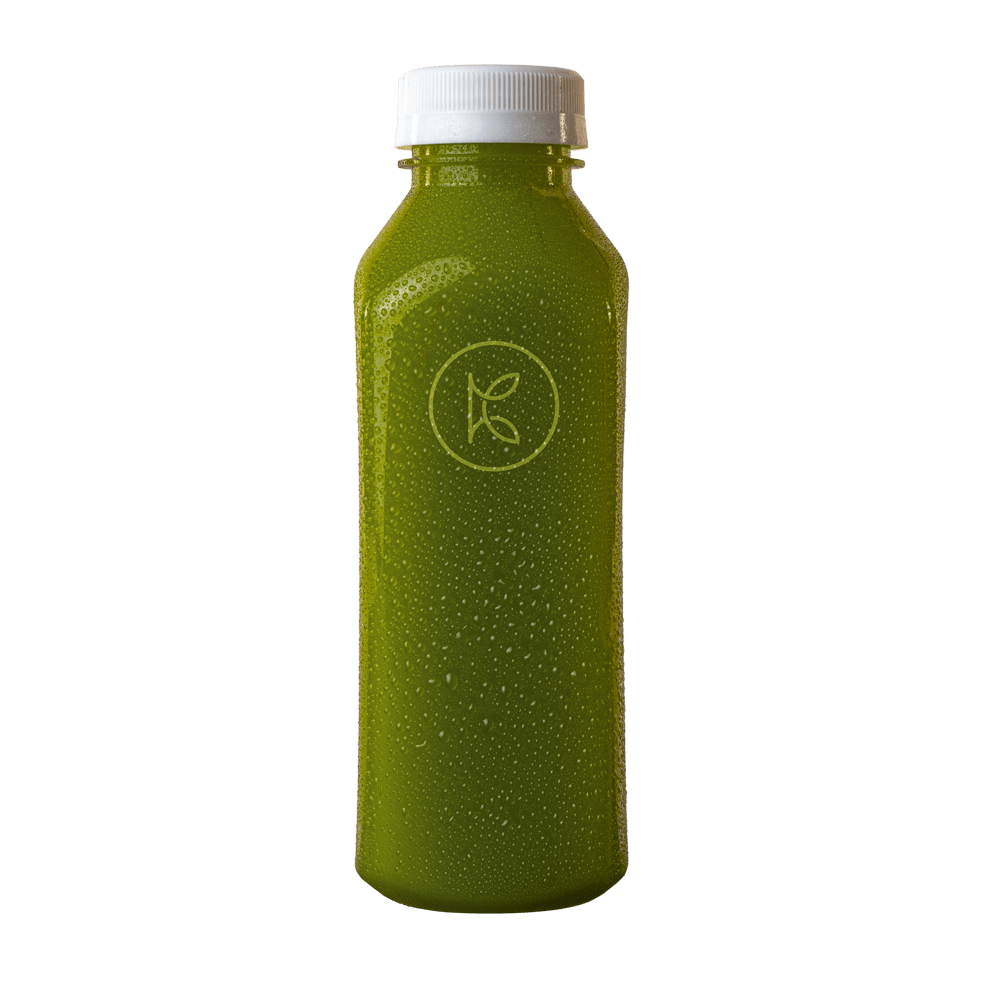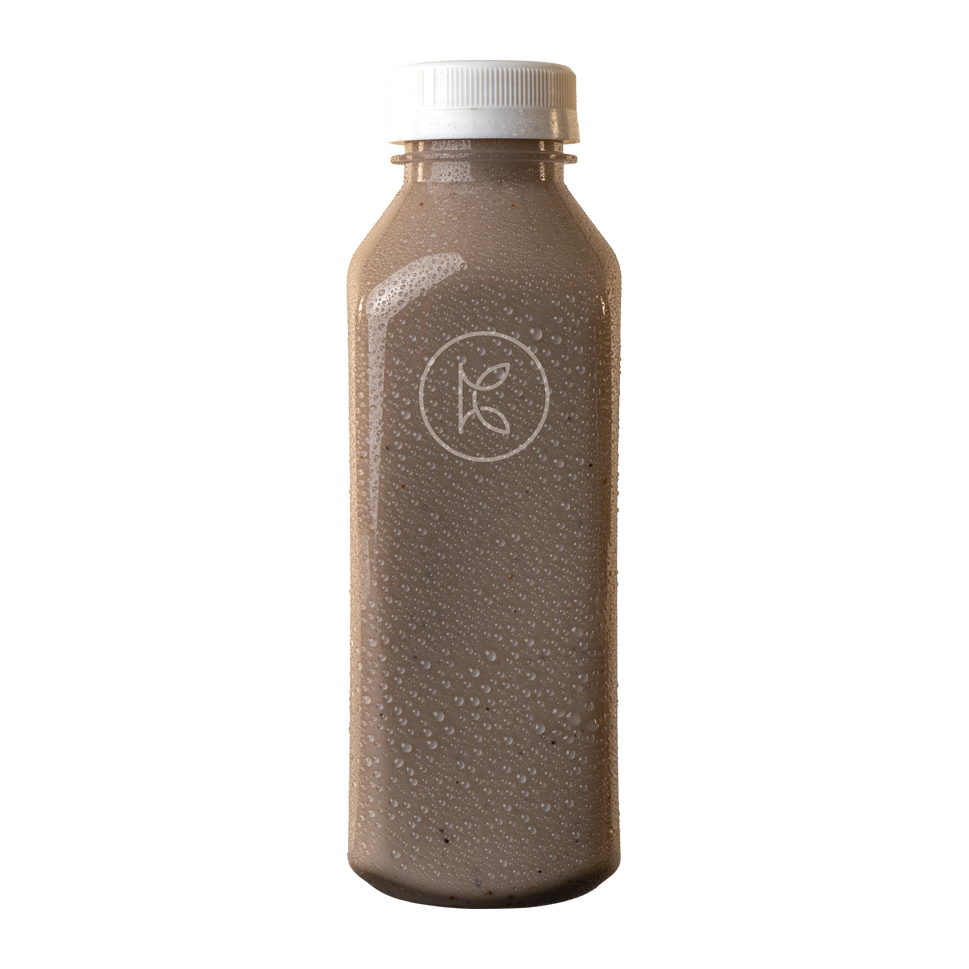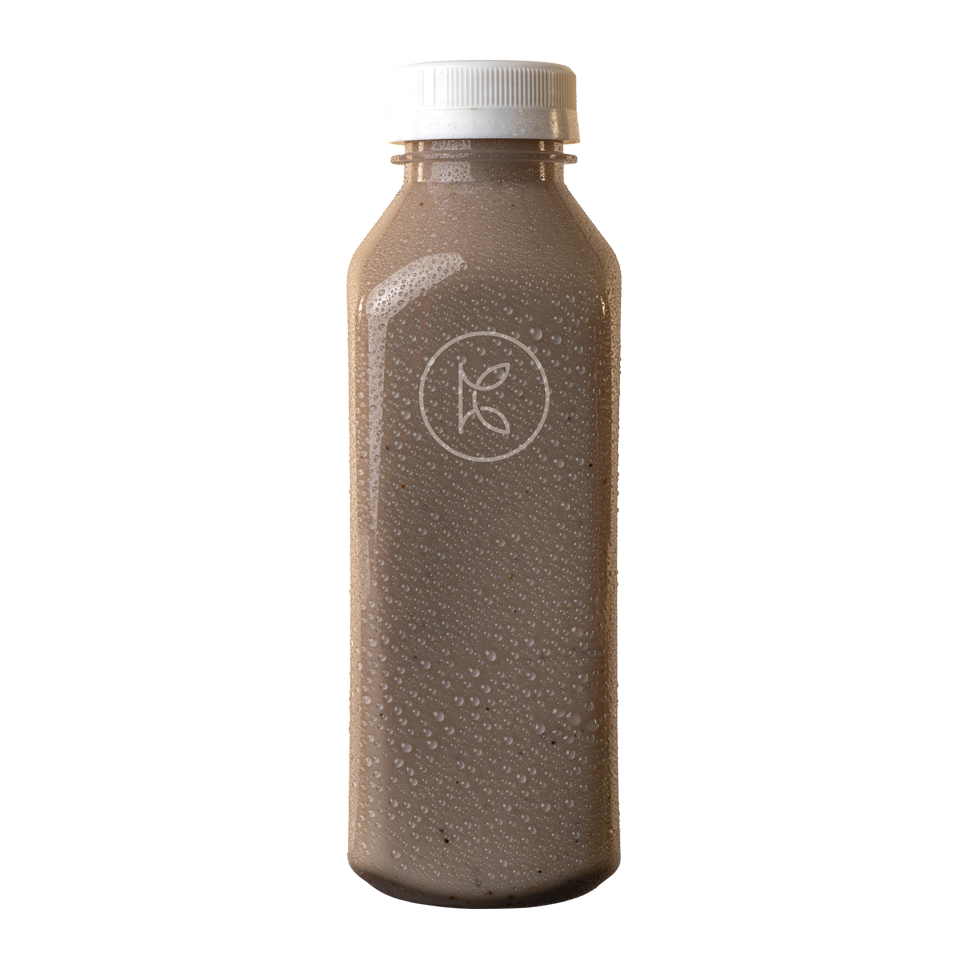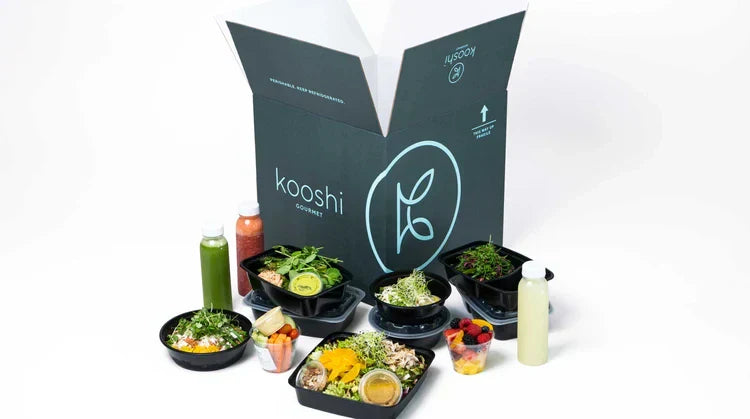You’re at a sun-washed table with grilled fish, roasted veggies, warm bread, and a drizzle of olive oil. It feels like a vacation meal, but it could just as easily be your Tuesday dinner.
That’s the Mediterranean diet at its best: delicious, simple, and good for you without trying too hard.
The beauty of the Mediterranean diet is that it doesn’t come with a long list of “don’ts.” You don’t have to count out almonds or swear off carbs. You build meals around fresh produce, seafood, grains, and healthy fats... there’s even space for a glass of red wine if you feel like it.
Instead of the restrictions from a “diet”, it feels like eating well — that mix of flavor and balance is why so many people are giving it a try. Although every lifestyle choice has trade-offs. We’ll walk through the real pros and cons, then share some easy ways Kooshi Gourmet can help you bring the Mediterranean style to your own kitchen.
Key Principles of the Mediterranean Diet
At first glance, the Mediterranean diet looks like a long list of foods you “should” and “shouldn’t” eat, but that’s not really the point. It’s more about patterns than perfection. The main idea is to build your meals the way people in Greece, Italy, and Spain have done for centuries. Here’s how that plays out in everyday life.
What is the Mediterranean Diet?
The Mediterranean diet isn’t really a strict set of rules. Think of it more like a pattern of eating inspired by the coastal countries around the Mediterranean Sea. Meals focus on plants first, with vegetables, fruits, beans, nuts, and whole grains taking up the most room on the plate. Seafood and lean proteins come in regularly, while dairy, poultry, and eggs show up in smaller amounts. Red meat is more of an occasional guest than the main event.
It’s flexible by design, which is why it works for so many people. You’re not locked into measuring portions or giving up foods you enjoy. Instead, you shift the balance of what’s on your plate so that the healthier choices crowd out the not-so-great ones.
Foods Included in the Pescatarian Diet
A big piece of the Mediterranean approach overlaps with pescatarian eating. So, what does a pescatarian eat? Lots of fish and seafood, paired with vegetables, legumes, and grains — salmon, sardines, shrimp, clams, and tuna are common staples. These meals are often rounded out with hearty sides like lentils, chickpeas, brown rice, or roasted vegetables.
Instead of just piling your plate with fish, the little extras make a difference too. To really satisfy your hunger, mix in some bright herbs, salty olives, and toasted nuts, all finished with a drizzle of rich olive oil.
Foods to Avoid
There aren’t many hard bans, but the Mediterranean diet does put limits on certain foods. Processed meats, refined carbs like white bread or pastries, and added sugars are minimized. Fast food and fried food don’t fit the vibe. Butter and heavy cream are swapped for olive oil and yogurt. Desserts can still happen, but think fruit with honey, not frosted cake, three nights a week.
Potential Benefits of a Mediterranean Diet
If you ask most people why they’re curious about the Mediterranean diet, it usually comes down to two things: feeling healthier and maybe living a little longer.
Health Benefits (Heart, Metabolism, Cancer Risk)
One of the biggest perks of this diet shows up in heart health. When you eat more vegetables, fish, and olive oil, you’re giving your body the kind of fuel that helps keep cholesterol lower and blood pressure steady. People who stick with this style of eating often see fewer heart problems over time.
It also works in harmony with your metabolism, rather than against it. Meals built on plants and seafood don’t send your blood sugar bouncing all over the place, which lowers the risk of type 2 diabetes.
Eating mostly fresh food in place of heavy fried stuff or processed snacks may also lower your risk for some cancers. Nothing is a guarantee, but it makes sense that fresh, unprocessed foods do your body more good than heavy fried meals and sugary snacks.
Nutritional Benefits of Omega-3 & Protein
Seafood is a star player here, especially oily fish like salmon and sardines, as they’re packed with omega-3 fatty acids, which are good for brain function, joints, and heart health. Pair that with lean protein from fish, legumes, and poultry, and you get meals that keep you full without the heavy, sluggish feeling that comes with more processed foods. Protein that's in seafood also helps preserve muscle. Omega-3s are linked to better mood and focus.
So while you might just be enjoying a plate of grilled shrimp, you’re also giving your body some serious long-term perks.
Smart Meal Planning for Mediterranean
Eating Mediterranean doesn’t mean you need a chef’s kitchen or hours of prep time. With a few simple habits, it can fit into busy schedules without much fuss.
Tips for Choosing Seafood
Not all fish need to come from the fresh counter. Frozen options can be just as nutritious and often more affordable. Stick with varieties that are lower in mercury, like salmon, sardines, cod, or trout. If you want variety, rotate between shellfish, white fish, and oily fish so meals stay interesting.
Balancing Plant-Based and Seafood Meals
The seafood is important, but plants should still take center stage. A good way to think about it is this: half your plate fruits and veggies, a quarter grains or legumes, and the rest protein. Some nights can be fish-heavy, and others can be built around beans, lentils, or chickpeas.
Budget-Friendly Shopping
Yes, fish can be pricey, but so is takeout five nights a week. Look for weekly specials, buy frozen in bulk, and stock up on staples like olive oil, beans, and whole grains. Prepping big batches of roasted vegetables or grain bowls at the start of the week also saves money and cuts down on weekday stress.
For offices and teams, corporate meal delivery can be another smart way to keep Mediterranean eating affordable and consistent. Instead of everyone grabbing fast food, shared deliveries bring balanced meals to the table without blowing the budget.
Being Mediterranean Was Never So Easy!
Cooking Mediterranean at home sounds great until real life steps in. You meant to stop at the market for salmon, but the traffic was brutal. The veggies in your fridge have seen better days, and the idea of prepping a full meal after work doesn’t exactly scream “relaxing evening.”
That’s where Kooshi Gourmet makes things simple. Their pescatarian meal delivery takes the stress out of planning and cooking. Rather than juggling recipes, shopping, and prep, you open a box that already has balanced meals built around seafood, fresh produce, and grains. The flavors line up with the Mediterranean style, but without the time sink in the kitchen.
It’s not just about convenience either. The meals are crafted to be nutrient-dense and satisfying, so you’re not left hungry an hour later. Whether you’re seeking meal delivery services in Los Angeles or Orange County, having prepared meals show up at your door means you can enjoy the benefits of a pescatarian diet without all the second-guessing.
Beginner-Friendly Tips for Mediterranean Diet Newbies
Starting something new always feels big at first. The good news is this diet isn’t one of those all-or-nothing plans. You don’t need to flip your whole fridge overnight.
Common Challenges and Solutions
Here’s what usually happens: people get excited, buy a ton of fresh fish and veggies, and then real life hits. Suddenly, the salmon is still frozen, the spinach is wilted, and pizza delivery sounds easier. Keep a few pantry staples on hand (beans, whole grains, olive oil) so you always have a backup meal. And mix it up: pasta with olive oil and vegetables counts. A big grain bowl with chickpeas works well, too. It doesn’t need to look like a magazine spread.
How to Transition Smoothly into a Pescatarian Lifestyle
You don’t need to overhaul your whole week at once. Start by swapping red meat for fish or seafood a couple nights a week. Try one new vegetable every shopping trip and build meals around it. If you’re worried about pescetarianism disadvantages, like missing iron or B12, keep eggs, yogurt, and leafy greens in the mix. Over time, these swaps add up, and the diet becomes second nature.
Final Thoughts & Next Steps
Eating Mediterranean doesn’t mean you need a passport or a chef’s hat. It’s about small choices that add up — more veggies, more fish, less of the heavy stuff that slows you down. You get flavor, balance, and yes, a few extra years where your doctor gives you the thumbs-up rather than the side-eye.
The only real hurdle is the effort it takes to shop, prep, and cook. That’s the part Kooshi has nailed.
With pescatarian meal delivery services, the shopping, prep, and guesswork are already handled. You just open the box, then heat and eat. Fresh, balanced prepared meals in Orange County at your door — no excuses, no “what’s for dinner” debates. Stop thinking about eating better and start living it.
Order Kooshi Gourmet today and see how easy it is to enjoy the Mediterranean diet benefits without lifting a pan.

